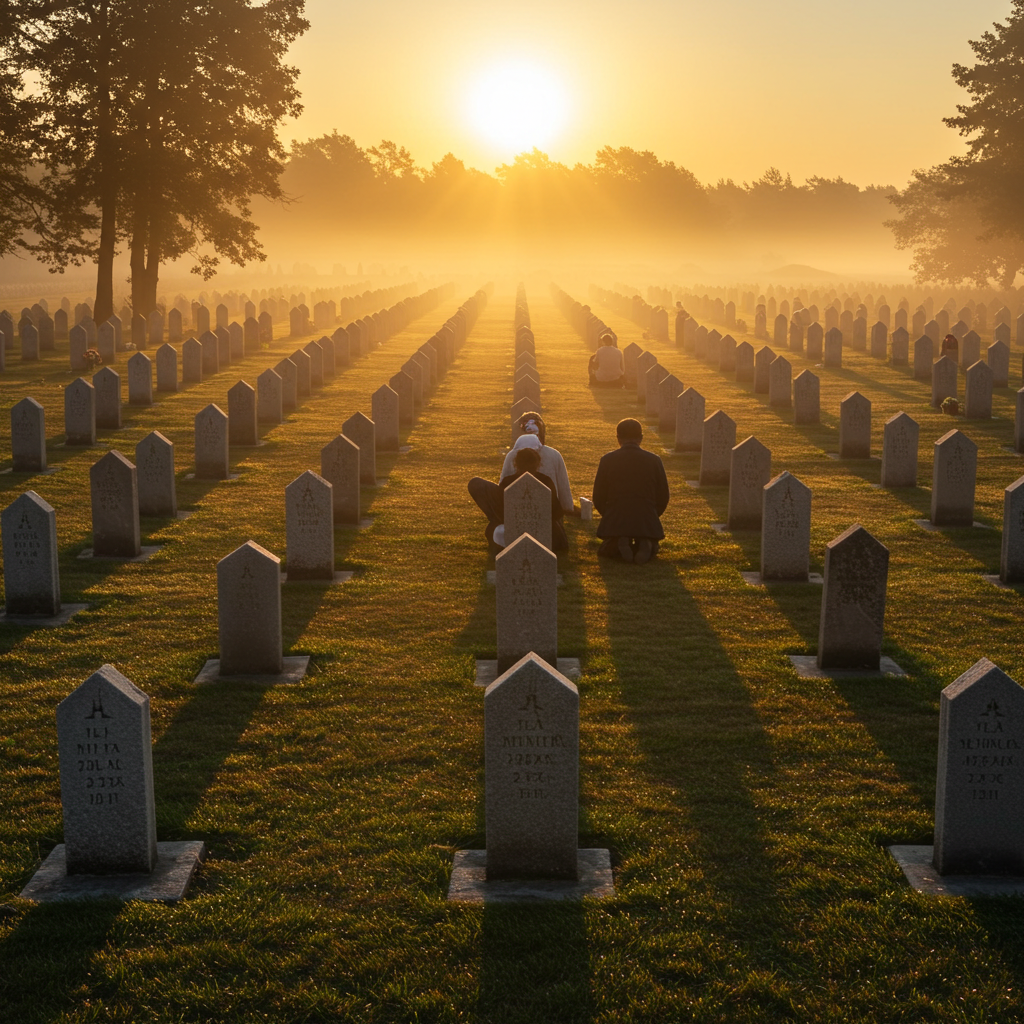According to widespread burial practice across multiple religious traditions, deceased individuals should be positioned in their graves with feet oriented eastward, typically with the head facing west. This directional positioning supposedly facilitates proper spiritual transition by allowing the deceased to rise facing the direction of divine judgment, resurrection, or rebirth. Some traditions specify that this alignment allows the dead to stand and face the rising sun (symbolizing divine presence) upon resurrection, while others connect it with heavenly Jerusalem or other sacred eastern locations. The prohibition includes variations regarding precise compass alignment and acceptable deviations based on topography or cemetery layout.

A baby’s future career or fate is predicted by the first object they select during a ceremonial setup.
In several Asian and Eastern European cultures, a traditional ceremony is held for babies usually around their first birthday. Known


